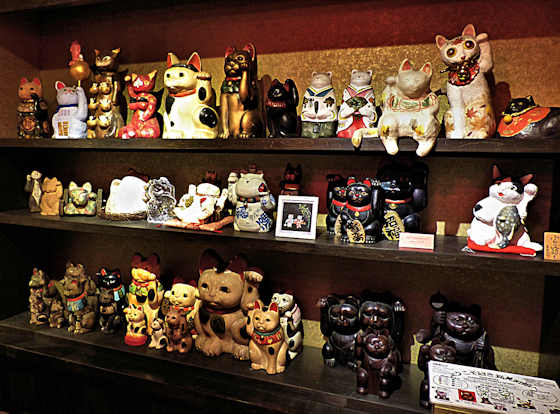Sunday, March 14, 2021
Maneki Neko Museum
Friday, March 12, 2021
Taketomi Island Village
Taketomi 竹富島
Wednesday, March 10, 2021
Kitsuki Samurai House Exteriors
Monday, March 8, 2021
Shiranuhi Culture Plaza
Saturday, March 6, 2021
Matsubase Shrine
Matsubase is a small town in Kumamoto that I reached in the afternoon of my 45th day walking around Kyushu. Matsubase Shrine is the main shrine in the centre of town.
Thursday, March 4, 2021
A Couple of Mysteries Solved
Mysteries
Tuesday, March 2, 2021
Curious Komainu
Komainu
While heading north across the coastal plain north of Yatsushiro I stopped in at about a dozen small shrines. They were mostly very small, local shrines, none of them famous. As usual when visiting shrines I look around for anything unusual or out of the ordinary. As always I am looking for diversity. What I did discover were these curious Komainu that shared some stylistic similarity with each other but were quite different from other styles I have seen.
Sunday, February 28, 2021
Yatsushiro Monument Kilali
Yatsushiro Monument Kilali
Day 45 of my first walk around Kyushu and it's time to head north out of Yatsushiro towards Kumamoto City. My first stop is the Shinkansen station a little outside the city, Shin Yatsushiro Station.
Friday, February 26, 2021
Historic Streetscape of Takehara
Wednesday, February 24, 2021
Hateiji Temple 5 on the Iwami Kannon Pilgrimage































































